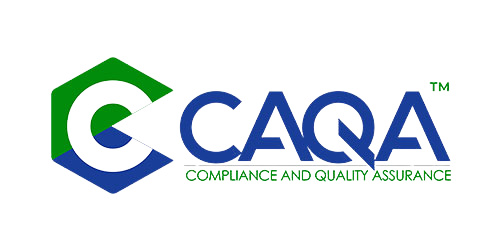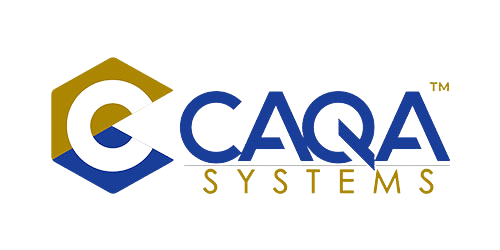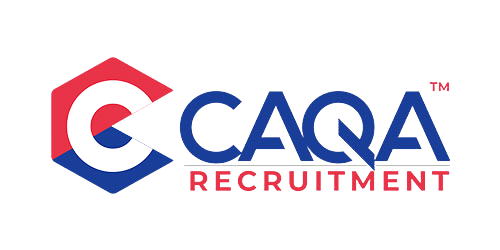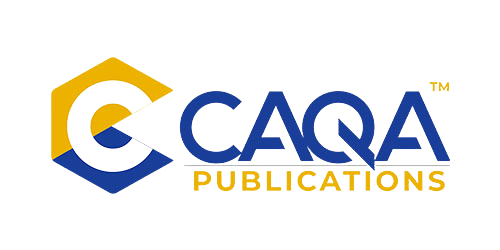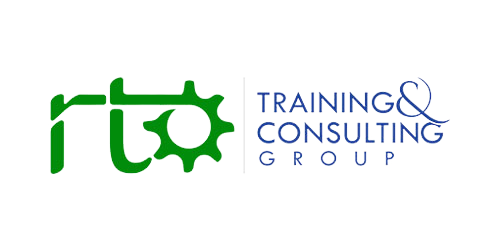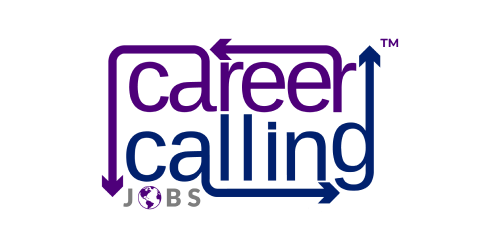Summary
Australia’s VET regulator has pressed the reset button, tightening the focus, shortening the priority list, and raising the bar on evidence. ASQA’s Regulatory Risk Priorities for 2025–26, released alongside its year-end Regulation Report and a streamlined Corporate Plan, point to a more forensic, outcomes-based posture. The headline is clear: six risks, defined with greater nuance, backed by environmental scanning, complaints intelligence, performance assessments, and multi-agency operations. The sub-headline is intolerance for shortcuts: when the “how” and “how much” of delivery no longer plausibly produce competence, especially where public safety is in play, expect swift escalation. For high-performing, self-assured RTOs, these settings are predictably navigable. For providers leaning on volume, paper compliance, or aggressive international marketing pipelines, the runway has shortened.
The new shape of risk
ASQA has pared its list to six Regulatory Risk Priorities for the year ahead: shortened course duration; student work placement; non-genuine providers and bad-faith operators; recognition of prior learning (RPL); academic integrity; and marketing, recruitment and delivery to international students. What looks narrow is intentionally deep. Each priority now anchors to the outcomes that matter, competence, safety, and honest credentials, and to the failure modes that most reliably corrode them: too-little learning, inauthentic assessment, weak or simulated placements masquerading as real, rubber-stamp recognition, compromised integrity, and opportunistic international recruitment.
A notable structural shift sits beneath the list: online delivery is no longer treated as a stand-alone risk. That is not a valentine to e-learning; it is a reframing. Concerns about “copy-and-paste” design, thin engagement, or over-reliance on asynchronous modes have been folded into the shortened-duration priority. The test returns to first principles: does your chosen mode, volume, and assessment regime plausibly produce the competency? If yes, you are on firm ground, online, blended, or face-to-face. If no, the problem is duration and authenticity, not the URL.
Sector hotspots and why they matter
The regulator is explicit about where these risks bite hardest: Early Childhood Education and Care, Aviation, and High Risk Work Licensing. The common thread is public safety. In ECEC, inadequate volume of learning or poorly supervised placements translates into children being supported by graduates who have not actually practised the competencies they are credentialed for. In Aviation and HRWL, a short or simulated pathway to a license can be catastrophic. Expect targeted campaigns, consultation ahead of interventions (already live in ECEC), and multi-agency activity when licensing and safety regimes intersect with training delivery.
The numbers behind the posture
The year-end Regulation Report provides the texture. Market entry cooled and quality gates stiffened: initial registration applications fell well below historical averages, and many withdrew once it became clear the threshold would not be met. ASQA refused a material share of those that persisted and sent a similarly strong signal on re-registrations and scope changes. Audit volume was lower, but deeper, more surgical, and enforcement outcomes were sharper: cancellations and non-renewals up, conditions and suspensions deployed where rectification was plausible, and warning letters to unregistered operators were used to clip misconduct at the fringes. Complaints lodged directly with the regulator declined, even as the VET tip-off line surged past the three-thousand mark, giving ASQA a broader, timelier radar of sector hot spots and feeding joint operations on fraud, phoenixing and cash-for-credentials behaviour.
How the Corporate Plan concentrates the regulator’s firepower
ASQA’s Corporate Plan for 2025–26 collapses five objectives into three: educate and guide; regulate with intelligence; report with transparency. That simplification matters operationally. It gives the regulator permission to spend more time upstream, publishing practice guides, running sector briefings, translating the 2025 Standards for RTOs into usable checklists, and then to escalate quickly when a provider’s self-assurance is paper-thin. Expect more “how to get it right” material on placements, RPL evidence, AI-era integrity, and CRICOS marketing; and more frequent public updates that show where the bar sits and how decisions are made.
What the priorities mean in practice (and the red flags ASQA will read)
Shortened course duration now means “prove the learning happened” rather than “show me nominal hours on a document.” The regulator will look through to the lived experience of cohorts: timetable realism, trainer-to-student ratios, the cadence of contact and feedback, the time needed for practice and consolidation, and the plausibility of completion dates across a group. Analytically, spikes in enrolments with flat trainer capacity, clusters of “early” completions, same-day assessment submissions, and one-click auto-grading in practical units are classic signals that actual learning is being squeezed.
Student work placement scrutiny will centre on sufficiency, supervision, and evidence, especially in ECEC, health-adjacent units, and any competency that claims workplace demonstration. Placement hour counts without the who/where/what of supervision and the artefacts of practice (logs, observed tasks, employer attestations anchored to performance criteria) will not pass. Expect ASQA to test the authenticity of sites, the ratio of learners to supervisors, and the alignment between what was assessed in the workplace and what the unit actually requires.
Non-genuine providers and bad-faith operators sit at the intersection of market entry, beneficial ownership, and patterns of behaviour that telegraph intent: phoenixing, rapid CRICOS pivots without capability, outsourcing delivery to unvetted partners, and fee-for-certificate models with minimal contact. The regulator’s toolkit here is broad, fit-and-proper checks, financial analysis, cross-agency data matching, and joint investigations with state police or criminal-intelligence units. If your governance is a smokescreen for arbitrage, the enforcement window will be short.
Recognition of prior learning is being re-anchored to the rule book: valid, current, sufficient, authentic. The shorthand remains true: RPL is not a “discounted delivery” path. Decisions must be evidence-based and moderated, with audit trails that show why the assessor was satisfied the candidate’s experience maps to the elements and performance criteria of the unit. Expect particular attention to bulk RPL offers on entry, same-day decisions without third-party corroboration, and templated evidence packs that repeat phrasing across candidates.
Academic integrity now attaches to assessment design, identity assurance, and incident handling across the enterprise, not just to similarity scores. In a year where generative tools are everywhere, task design must elicit judgment, application, and reflection that is hard to fake. Viva components, staged drafts, applied artefacts, and workplace-anchored tasks are sensible moves. Where identity matters (e.g., licensing contexts, CRICOS exams), providers should be able to show proportionate controls, from supervised assessments to digital proctoring with privacy safeguards, and a disciplinary process that is timely, fair, and grounded in evidence beyond a single software output.
Marketing, recruitment and delivery to international students is the most interconnected of the six priorities. The risk picture spans agent behaviour, non-genuine enrolments, attendance/participation patterns that suggest “enrol-to-work” pathways, and delivery models that collapse duration for offshore-to-onshore cohorts. ASQA’s stance is blunt: RTOs own their agents. Due diligence before engagement, contract terms that mandate standards, ongoing monitoring (conversion quality, complaint patterns, post-enrolment behaviour), and swift termination when misconduct appears are not optional.
Reading the tea leaves: where the spotlight will be brightest
Three clusters will feel the heat first. ECEC is already under the microscope, with ASQA canvassing sector input on delivery quality and signalling targeted action on thin placements and compressed programs. Aviation and high-risk work will continue to draw joint-agency attention where licensing integrity depends on training veracity. And CRICOS-heavy providers, particularly those growing quickly into offshore pipelines or niche, short-duration products, should assume their marketing, recruitment and attendance data are being triangulated against risk indicators.
Aligning to the 2025 Standards without drama
The 2025 Standards for RTOs ask providers to demonstrate self-assurance in plain language. In practice, that means three threads woven tightly:
-
Design for outcomes. Your training and assessment strategies should make the path to competence visible: contact, practice, feedback, and the moments where evidence is generated. If a stranger read your TAS, timetable, and assessment tools, would they recognise a sequence where a typical learner could realistically become competent?
-
Operate with traceability. For placements, RPL, and high-stakes assessments, the evidence trail should survive a cold-read: who supervised, what was observed, why the assessor said “competent,” and how authenticity/identity was assured. For international cohorts, traceability extends to marketing artefacts, agent interactions, and support services promised and delivered.
-
Review like a regulator. Build internal performance assessments that mimic ASQA’s lens: sample cohorts, reconcile trainer capacity with activity, interrogate outliers (fast completions, identical responses, gaps in engagement), and fix themes before they become findings. Where you discover issues, document the corrective action and check if it worked. That is self-assurance.
Avoiding the predictable pitfalls (by design)
If you deliver at scale, timetable realism is your friend. A national schedule that implies a trainer can be everywhere at once invites disbelief. If you rely on placements, formalise your site network and supervision ratios, and capture evidence contemporaneously rather than retrospectively. If RPL is part of your offer, publish your policy, train assessors in evidence sufficiency, and separate genuine recognition from recruitment incentives. If AI is in the mix, redesign tasks so that using it responsibly is a learning outcome, not a breach, and teach students to verify, cite, and critique tool output. And if you recruit internationally, build a relationship with your data: conversion quality, progression, attendance, complaints, and agent portfolio performance will tell you whether your pipeline is ethical and sustainable.
What high-performing RTOs will do in the first 90 days
They will run a rapid “risk-to-evidence” gap analysis against the six priorities, unit by unit and cohort by cohort. They will spot-check two recent groups for duration plausibility (enrolment to completion timelines, trainer contact hours, assessment feedback timestamps). They will sample five recent placements for supervision adequacy and authentic workplace evidence. They will re-moderate a tranche of RPL decisions for sufficiency and currency. They will audit three high-enrolment assessments for integrity by design, not just similarity. And if they are CRICOS-listed, they will pull an agent report that flags outliers on conversion, complaints and attendance, and take action where patterns look wrong. None of this is exotic. All of it is what ASQA expects a self-assured provider to do without prompting.
What to watch from ASQA through 2026
Expect more plain-English practice notes and sector briefings that translate risk priorities into day-to-day checks, especially for ECEC and placement-heavy products. Expect the regulator to keep publishing outcomes, cancellations, non-renewals, and conditions with enough texture to set the bar for peers. Expect continued use of the tip-off line as an intelligence backbone. And expect steady alignment between the Corporate Plan’s educative promises and its enforcement reality: early guidance for willing providers, sharper exits for those who treat the rules as optional.
Bottom line
Clarity has increased, and tolerance has narrowed. ASQA’s six priorities concentrate on the points where quality shortcuts become public harm: too-short learning, weak or absent placements, rubber-stamp recognition, compromised integrity, and exploitative international recruitment. The regulator’s own numbers show fewer broad audits but more decisive outcomes, and its Corporate Plan recasts the compact with the sector: we will teach you how to do it right, and we will move quickly when you don’t. Providers who can evidence real learning, authentic assessment, credible placements, ethical recruitment, and honest recognition should find 2025–26 predictable. Providers who rely on paper promises and thin delivery should plan for a shorter, sharper regulatory conversation.










